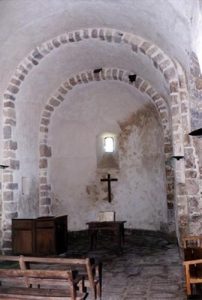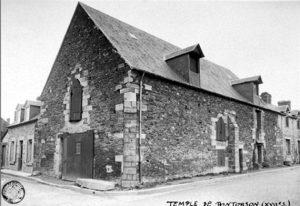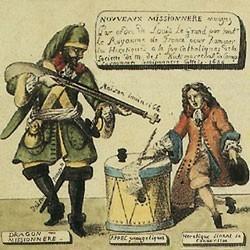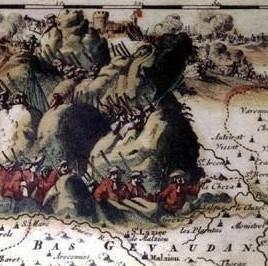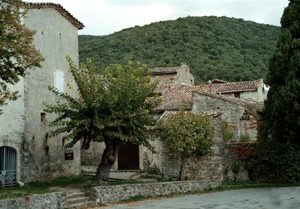A troubled history
The hardships due to the wars of religion in the 16th and 17th centuries meant looting, demolishing and rebuilding. At the Revocation, it was given back to the Catholics. In 1702, it was burned down by the Camisards.
In 1704, the garrison of the king’s dragoons invaded the village, terrorising the Huguenots into conversion. The dragoons stayed until 1711.
The church was spared, but a storehouse was built over the front portal, the steeple dismantled and the chapels raised.
At the Revolution, the edifice was dedicated to the worship of Reason.
In 1802, the chapel was handed back to the Protestants.

